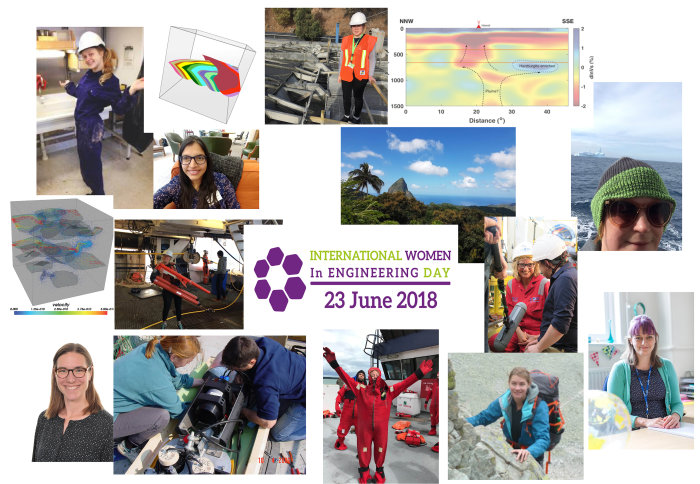

On Saturday 23 June 2018 we are celebrating International Women in Engineering Day in the Department of Earth Science and Engineering.
To raise the profile of women in engineering for International Women in Engineering Day, we are celebrating the diverse, interesting, impactful and exciting careers of women in our Department through photos and images of their work.
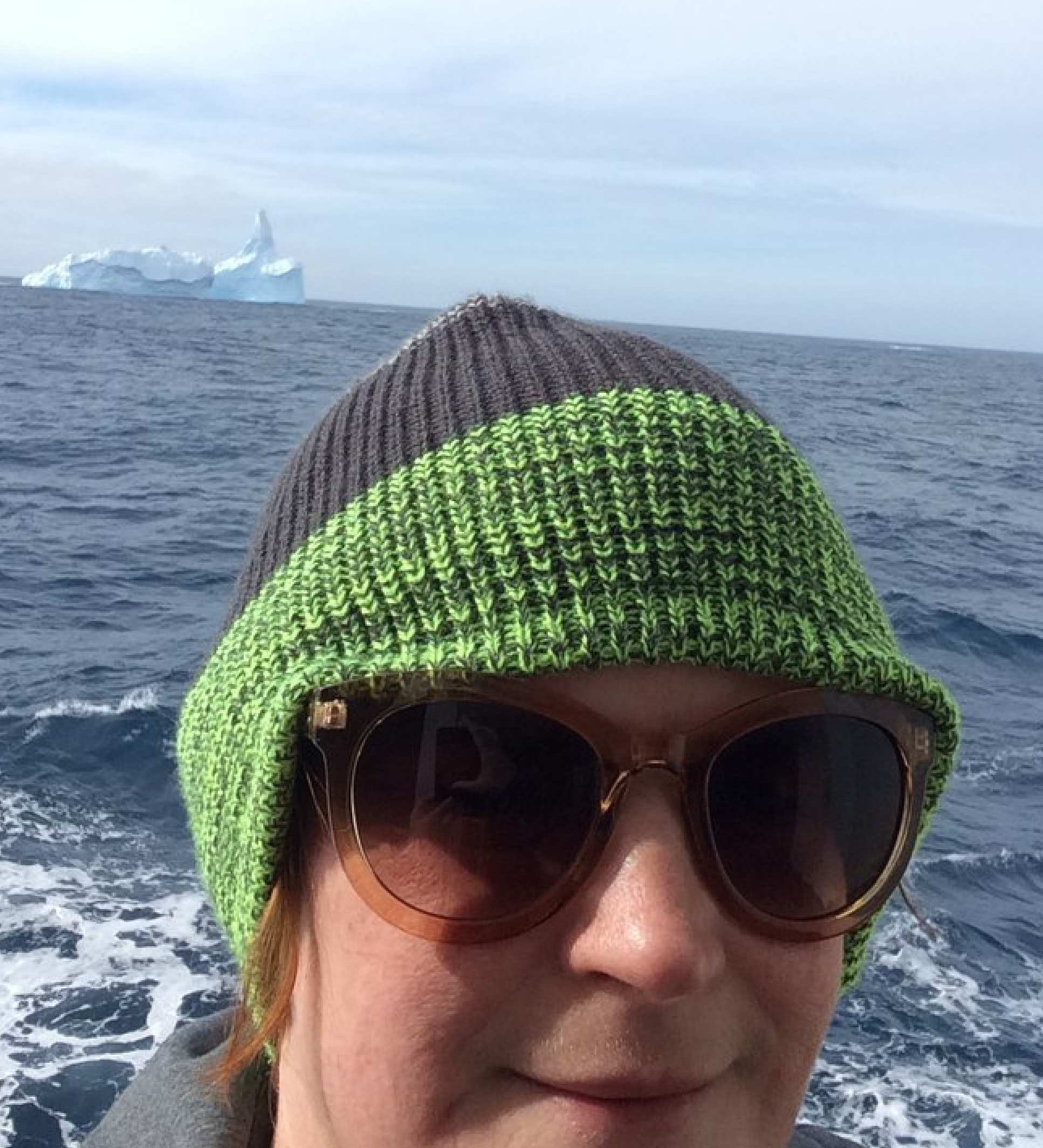
PhD student Melissa Grey's research aims to create a detailed image of the velocity structure at the Hikurangi subduction zone offshore North Island, New Zealand.
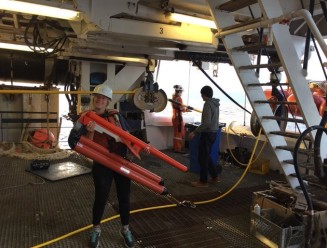
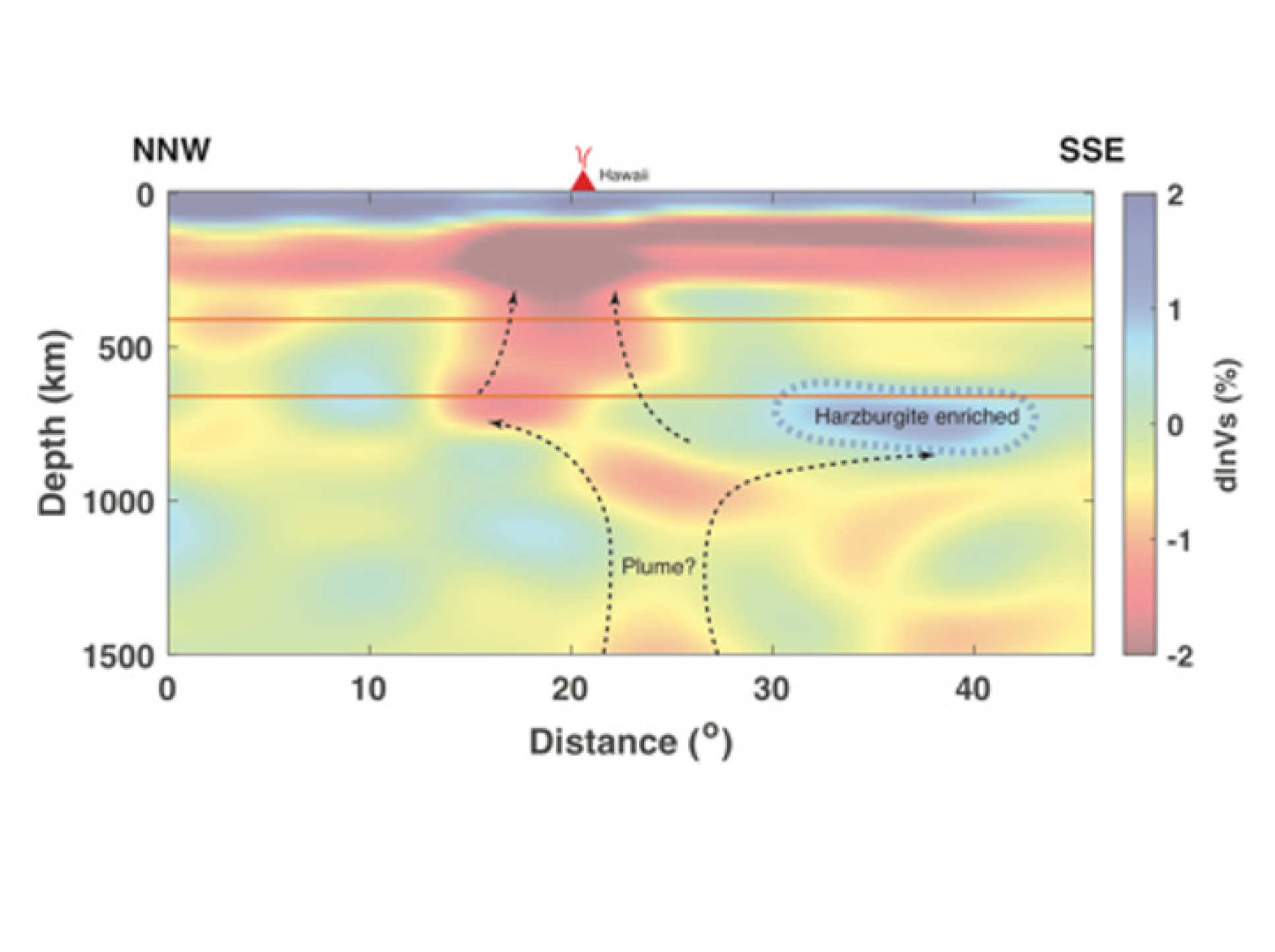
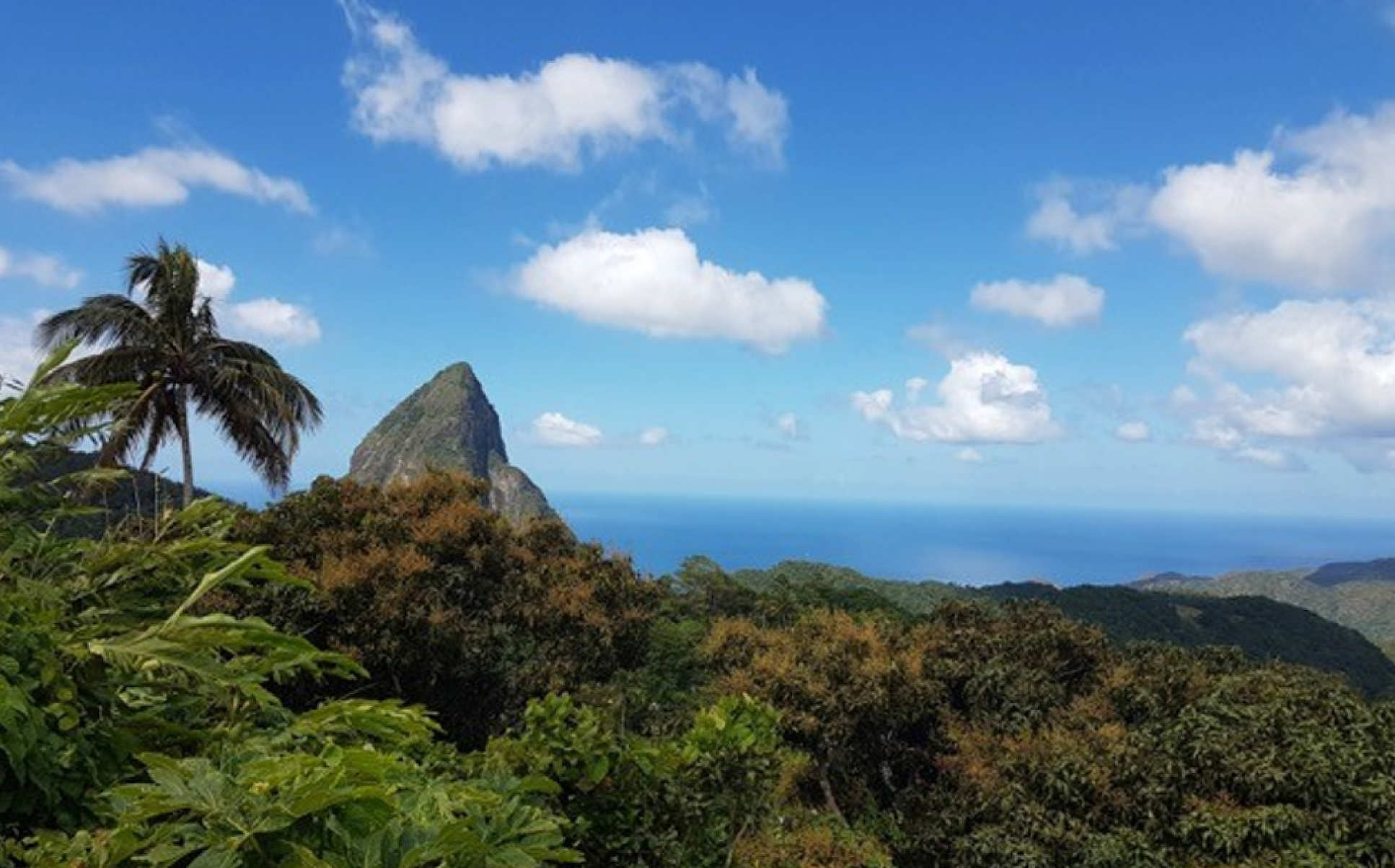
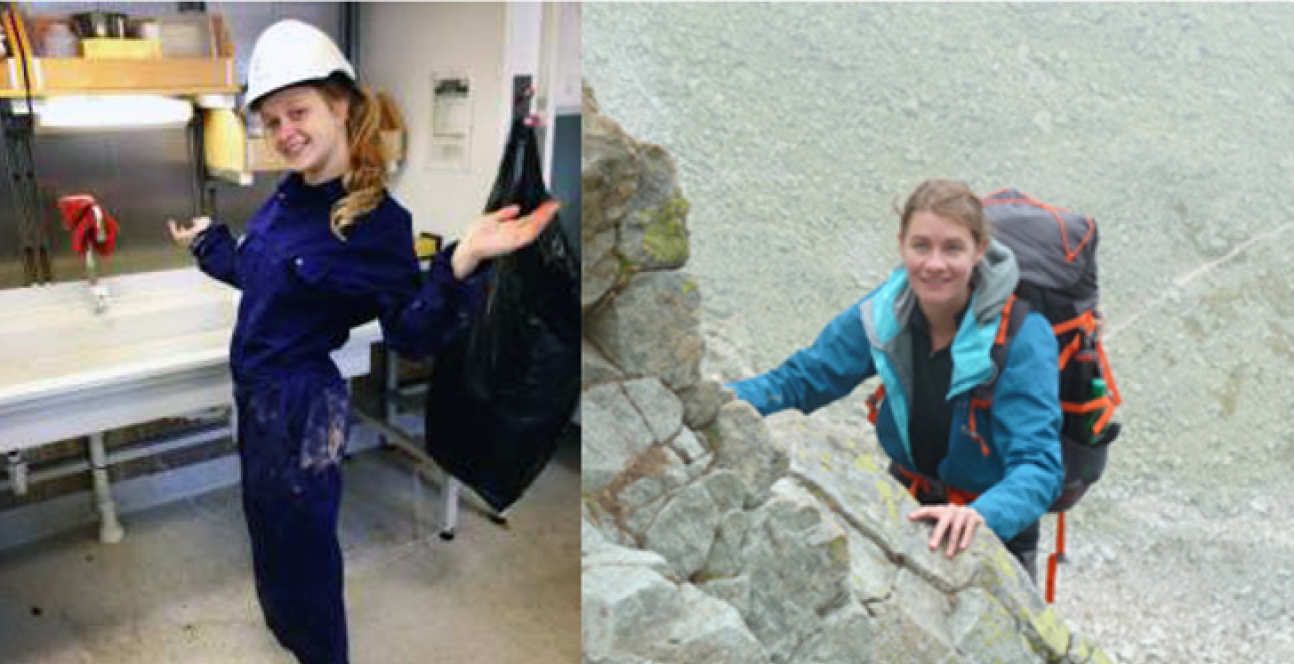
Albertine Pegrum-Haram and Susan Little, pictured left, are just about to embark on a fjord-water sampling campaign in Greenland, as part of a Bristol-led project called ICY-LAB.
Dr Lizzie Day, worked on the above research understanding earth under Hawaii, and is also interested in geoscience education, particularly fair assessment design, improving communication and accessible fieldwork.
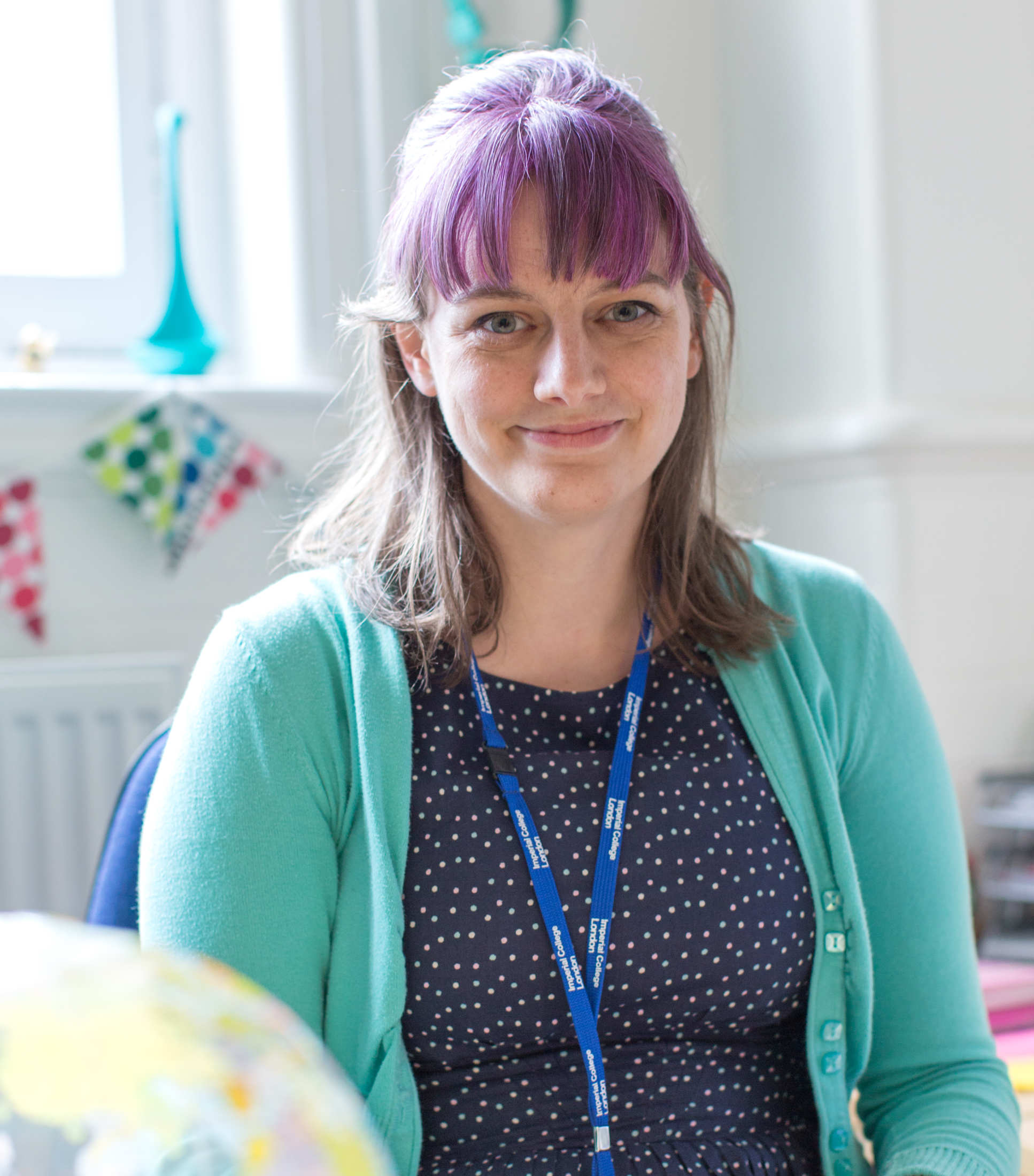
The seas surrounding us support a rich and diverse ecosystem - yet we know little about what's there and how it functions. In Dr Jenny Collier's research, she uses acoustic methods to measure the physical properties of the seabed and, working with marine biologists, determines how this supports the life that forms the foundations of the ecosystem.
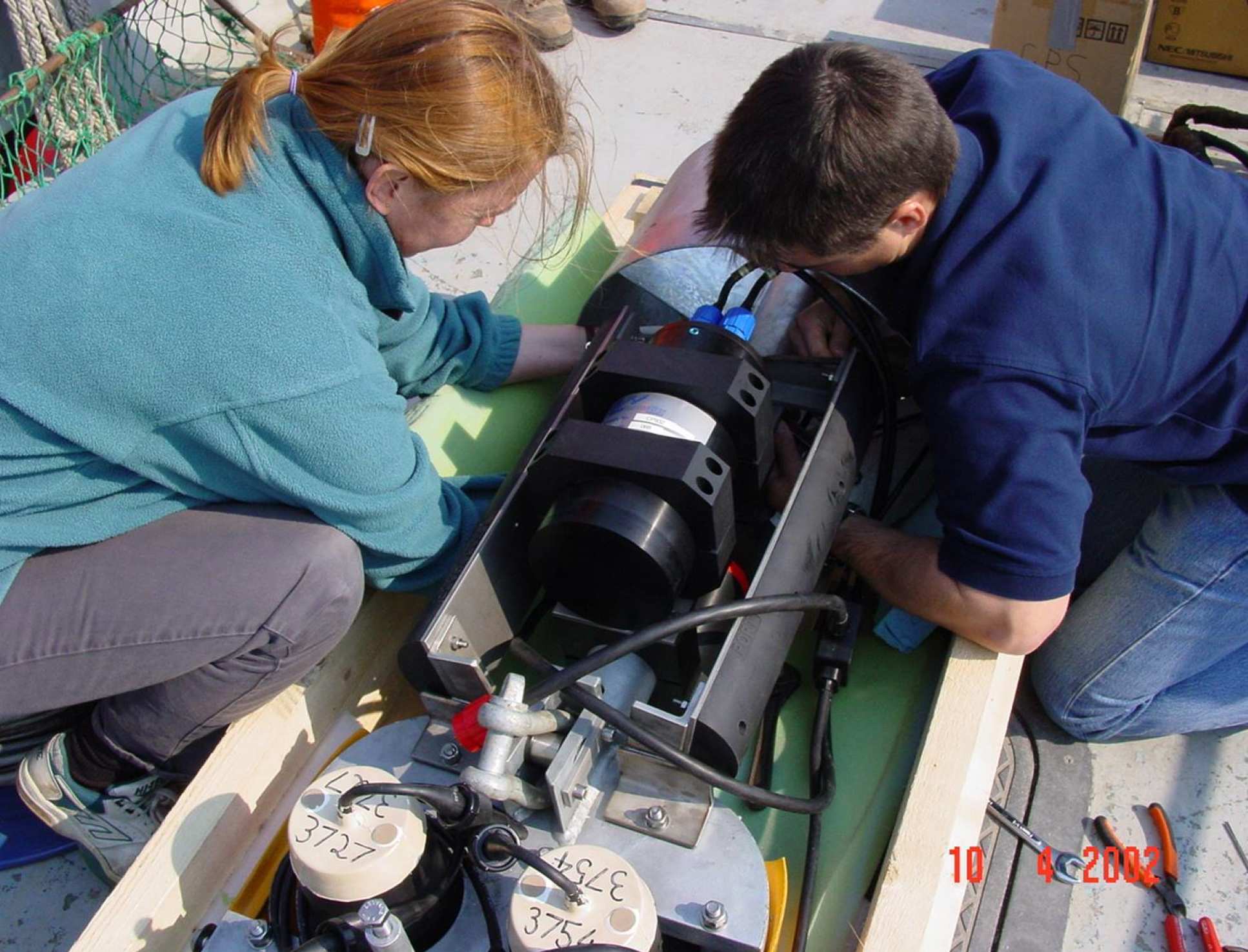
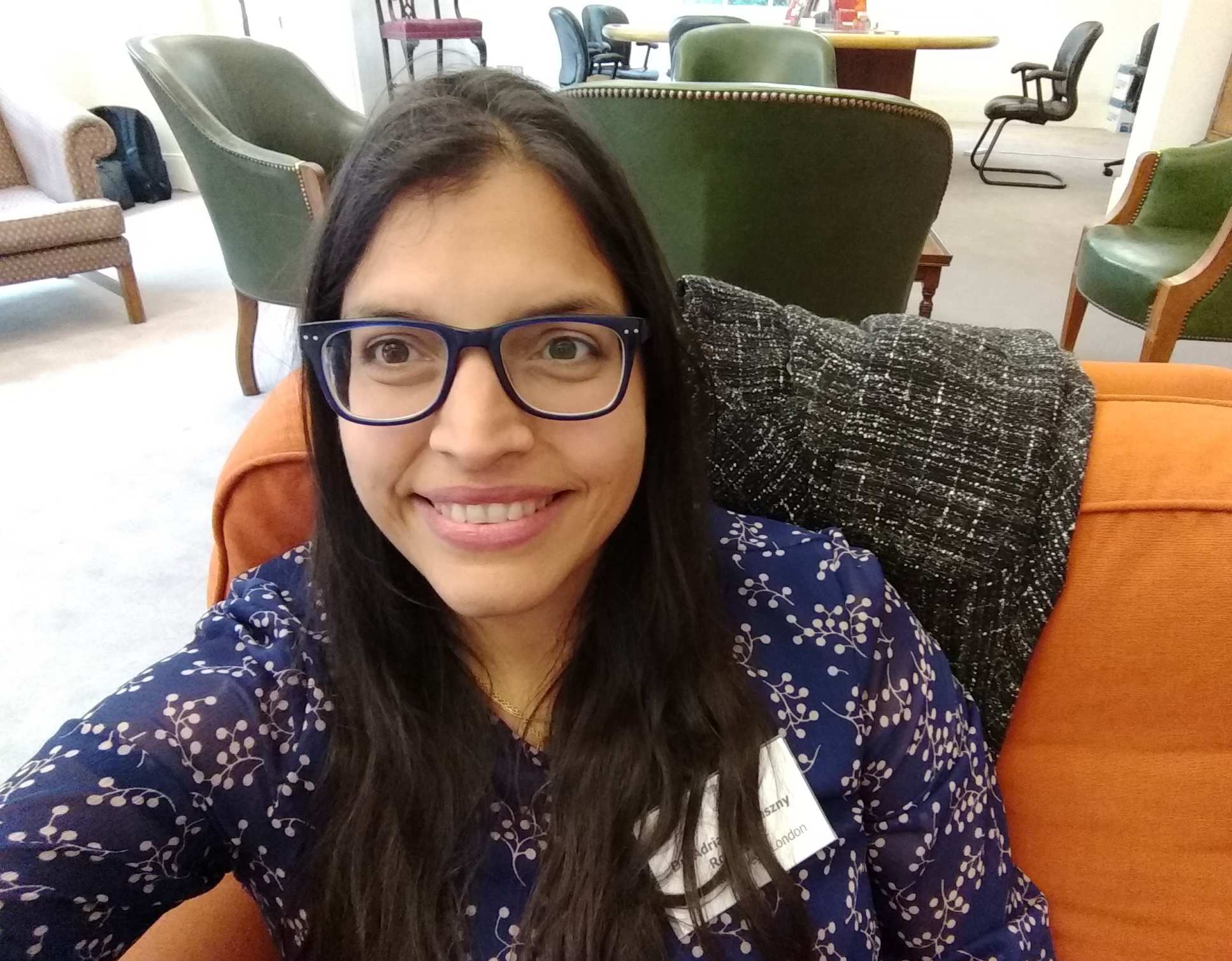
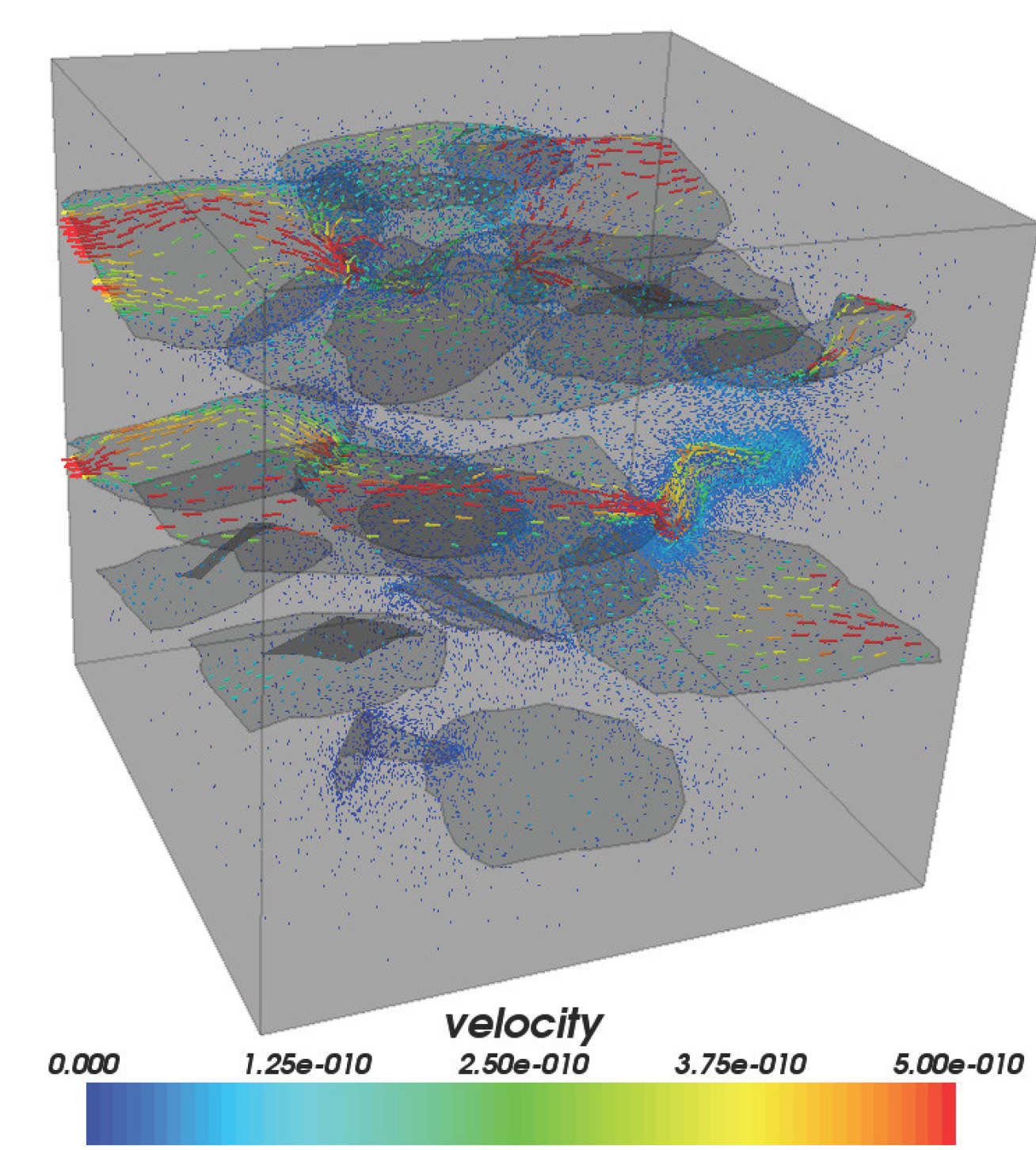
Find out about more numerical modelling careers on the Watson Forum, which is a series of (informal) interviews that seek to highlight contributions of women in the areas of numerical modelling, simulation, and programming in the context of Maths, Physics, Earth Sciences and Engineering.
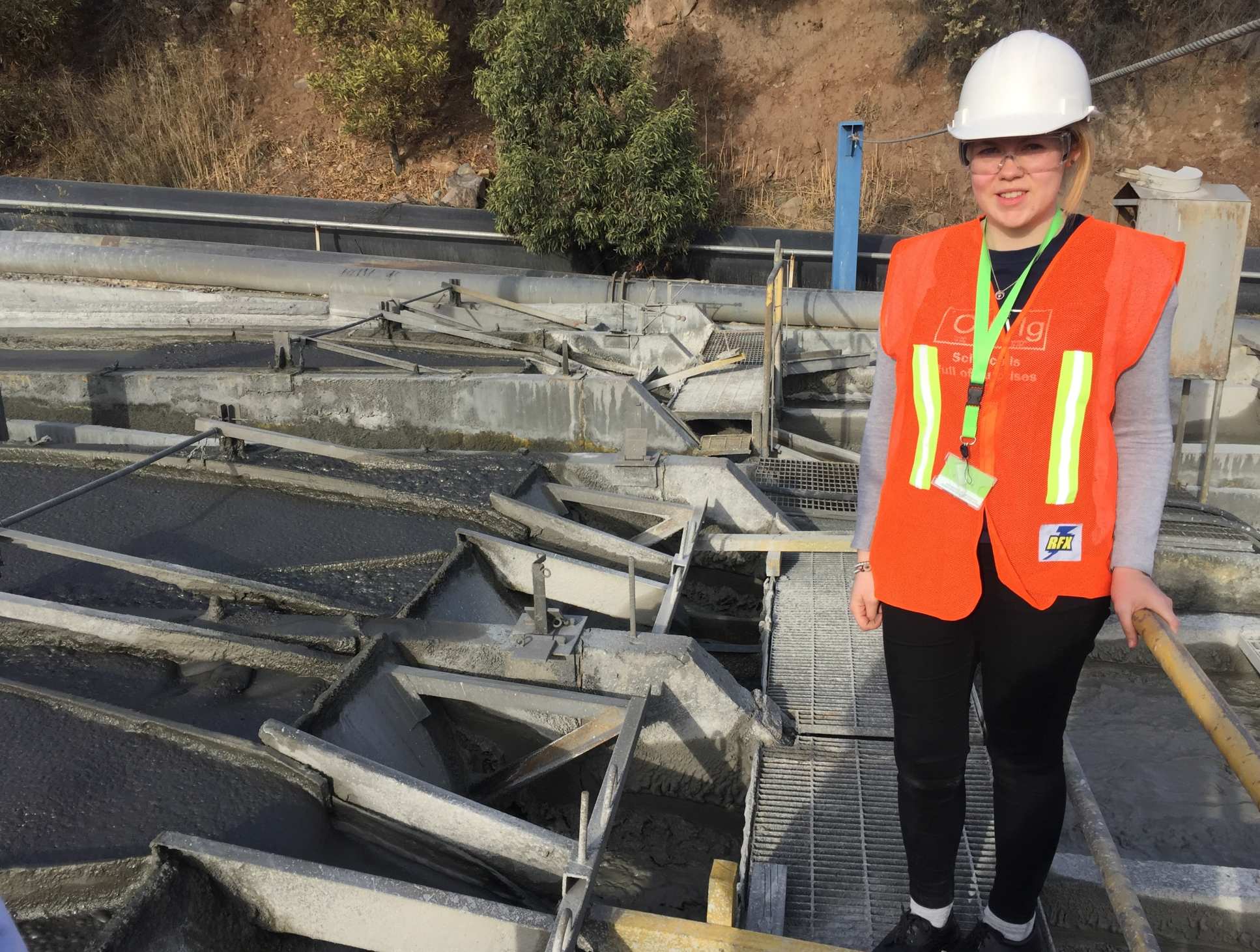
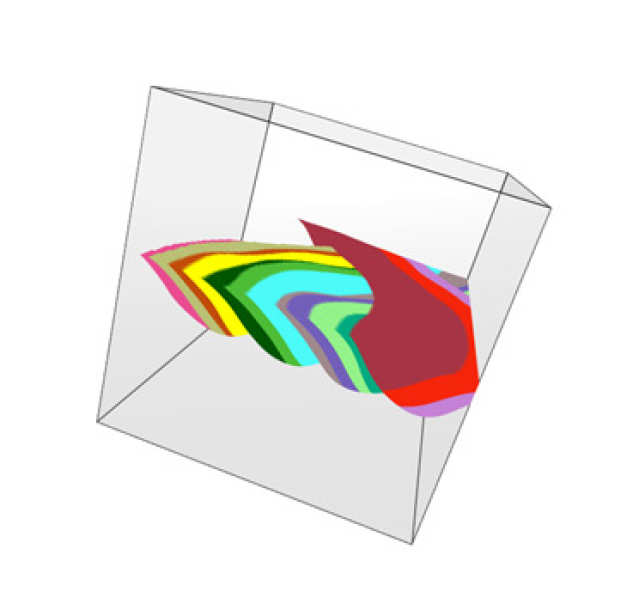
Daisy Pataki is working on a sketch-based reservoir modelling program, RRM, which allows you to draw a 3D geological model straight into your computer (pictured left).
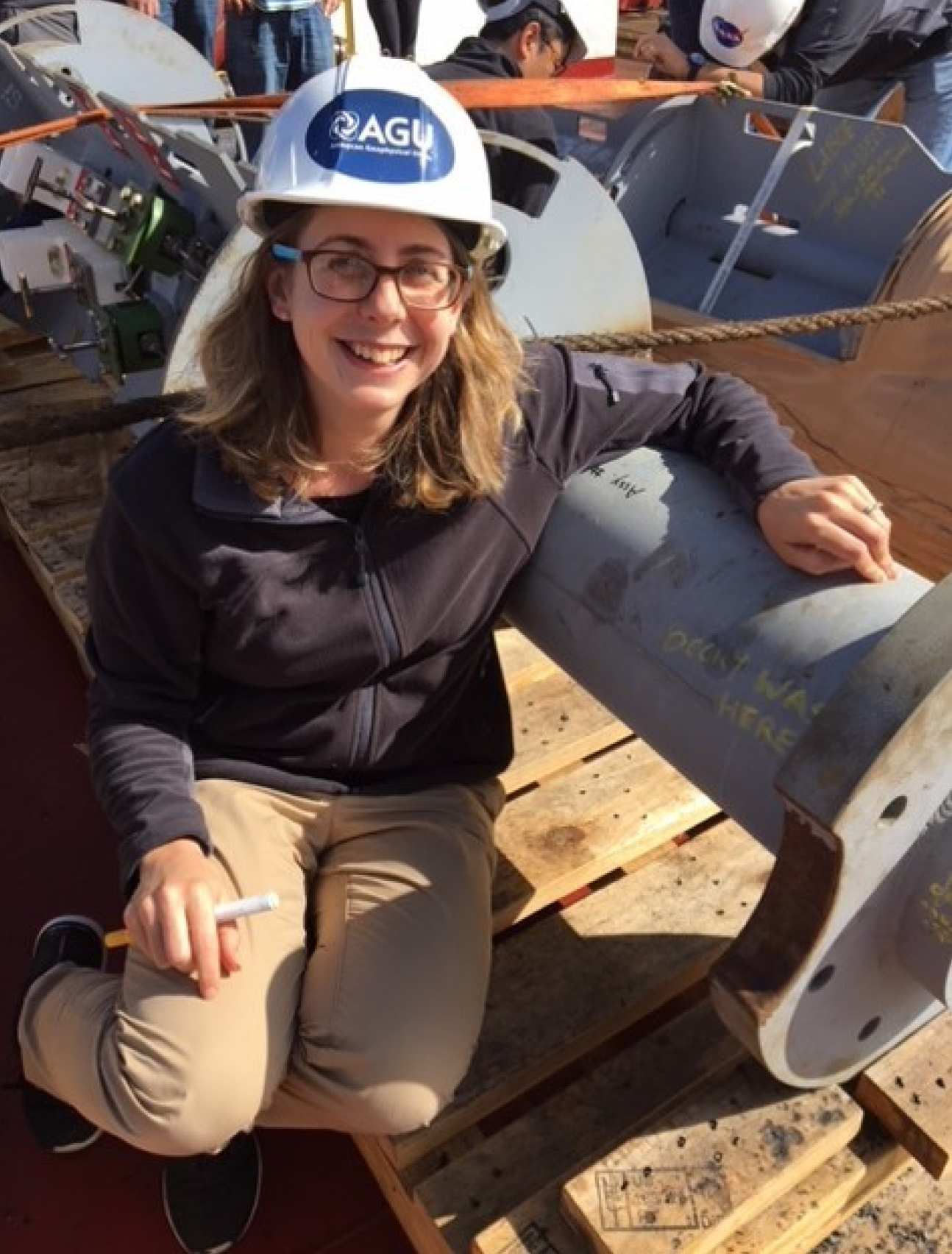
Rebecca Bell recently spent 8 weeks offshore New Zealand on an International Ocean Discovery Program (IODP) expedition to unlock the secrets of slow slip earthquakes at subduction zones with deep ocean drilling. Two borehole observatories were installed (shown in the photo), one of them within a fault zone to investigate how rock properties change over slow slip cycles.
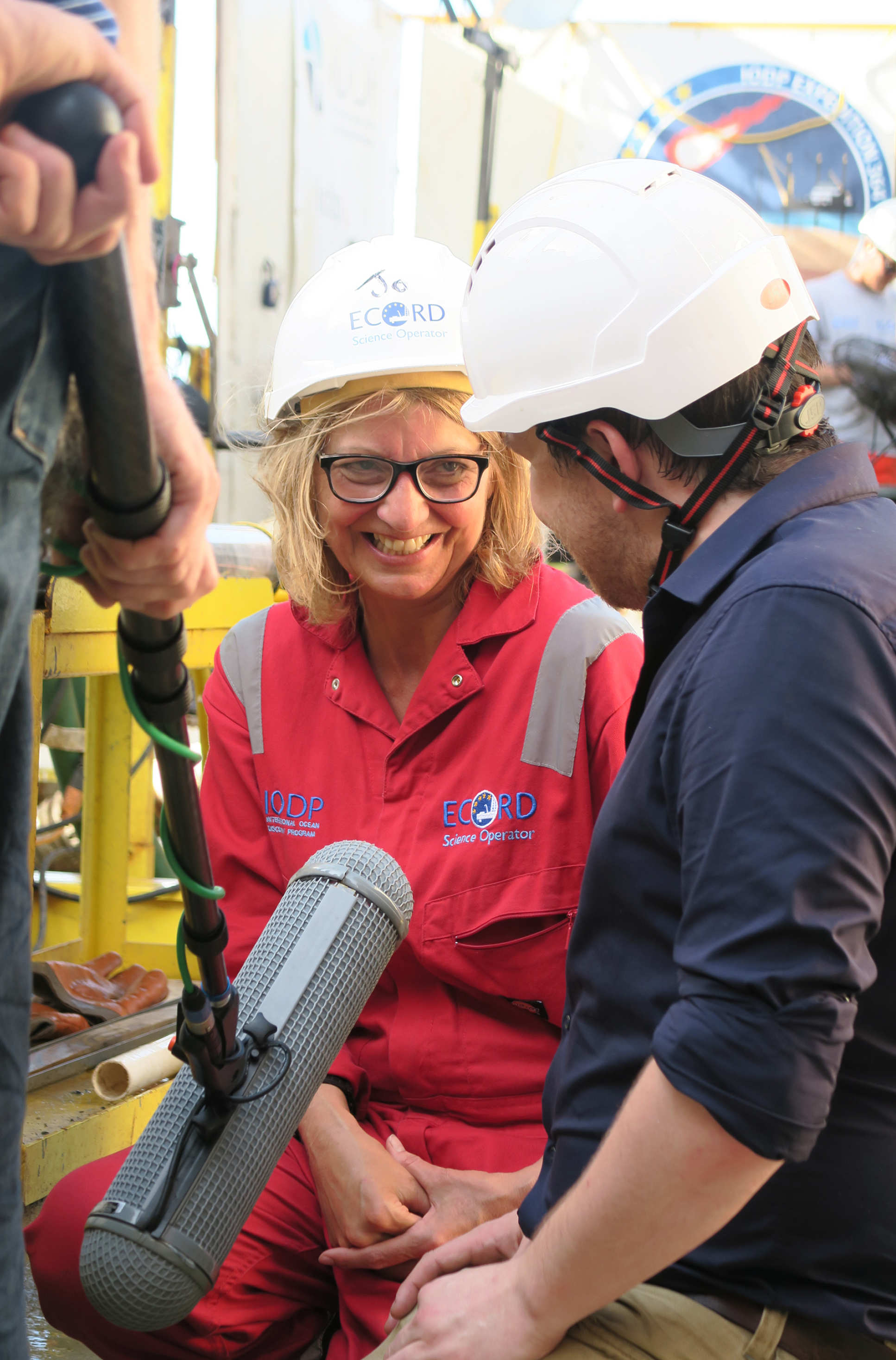
Article text (excluding photos or graphics) © Imperial College London.
Photos and graphics subject to third party copyright used with permission or © Imperial College London.
Reporter

Victoria Murphy
Institute of Global Health Innovation



